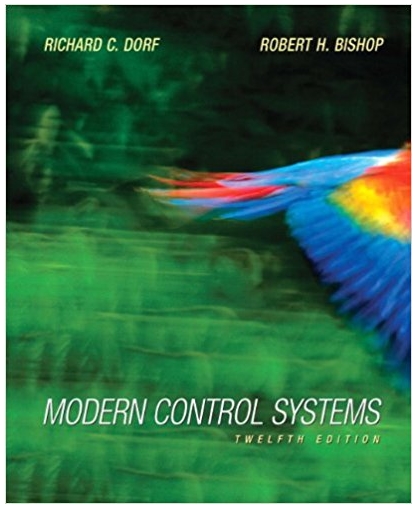The past several years have witnessed a significant engine model-building activity in the automotive industry in a
Question:
The control of the fuel-to-air ratio in an automobile carburetor became of prime importance in the 1980s as automakers worked to reduce exhaust pollution emissions. Thus, auto engine designers turned to the feedback control of the fuel-to-air ratio. Operation of an engine at or near a particular air-to-fuel ratio requires management of both air and fuel flow into the manifold system. The fuel command is considered the input and the engine speed is considered the output [9,10].
The block diagram of the system is shown in Figure DP10.6, where T - 0.066 second. A compensator is required to yield zero steady-state error for a step input and an overshoot of less than 10%. We also desire that the settling time (with a 2% criterion) not exceed 10 seconds.
Fantastic news! We've Found the answer you've been seeking!
Step by Step Answer:
Related Book For 

Question Posted:





